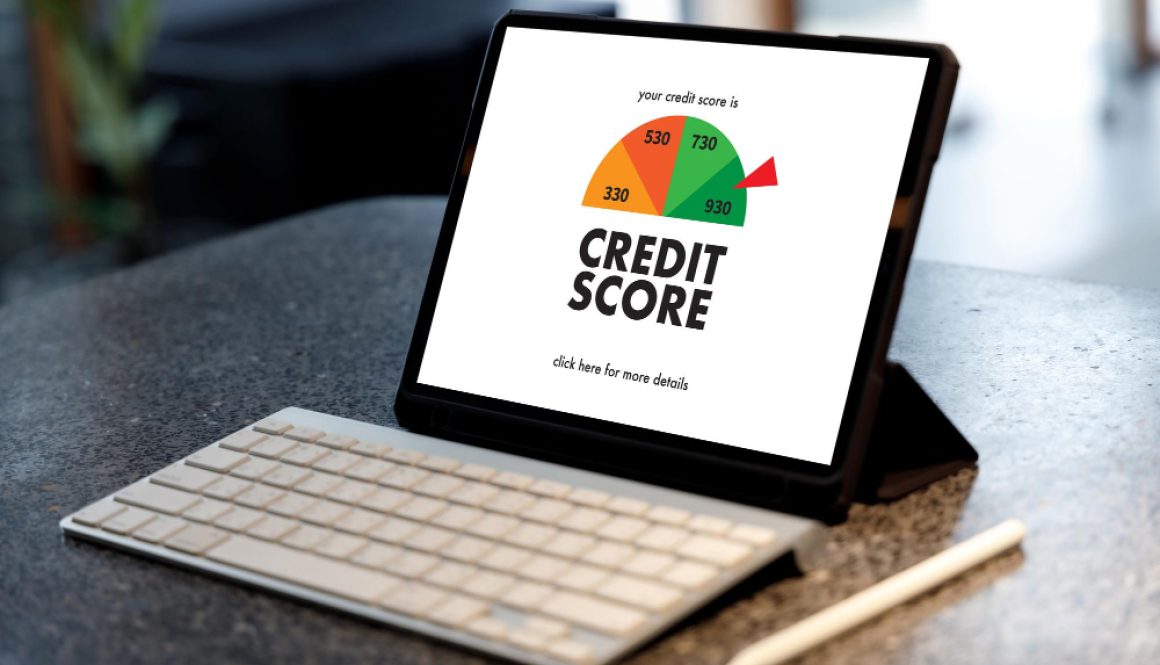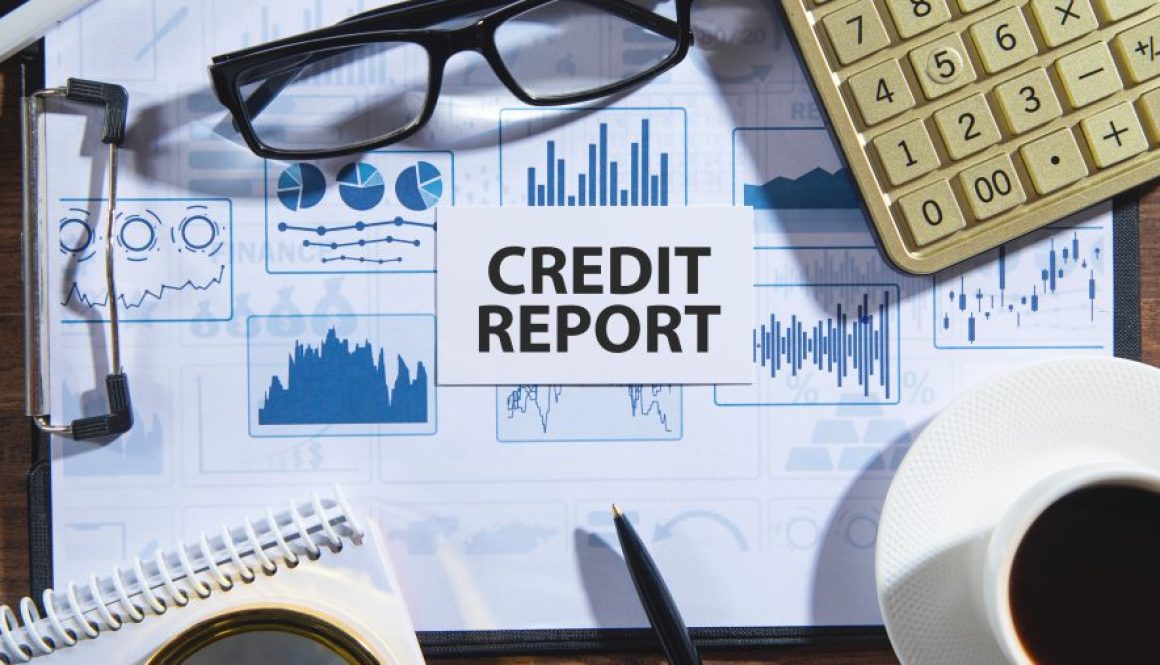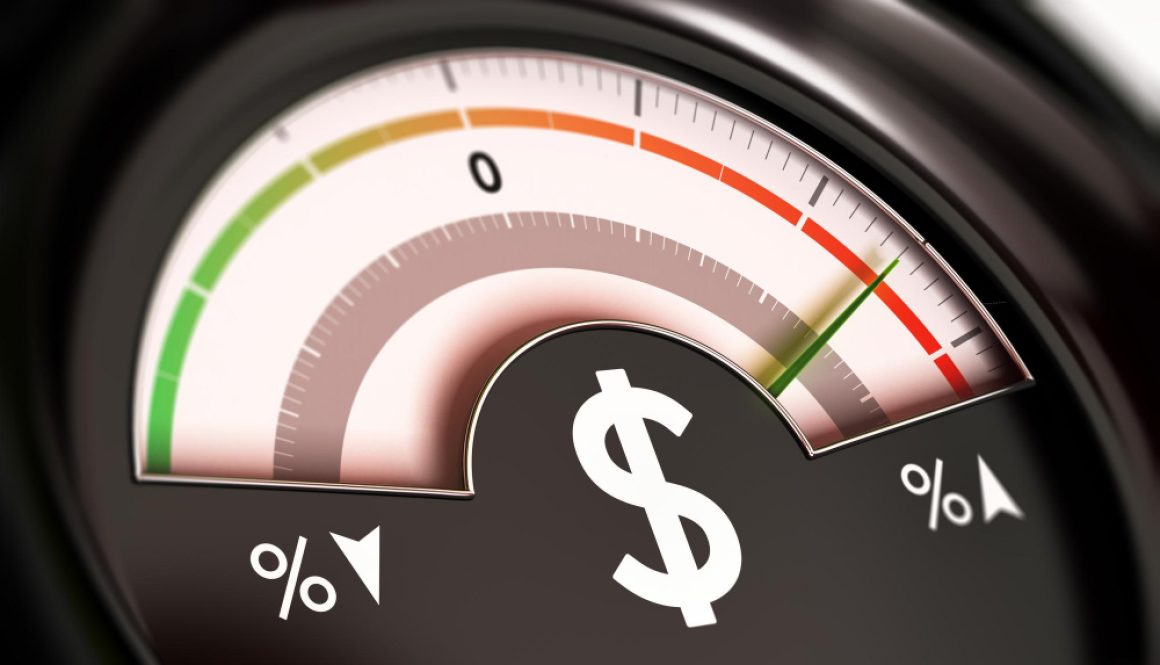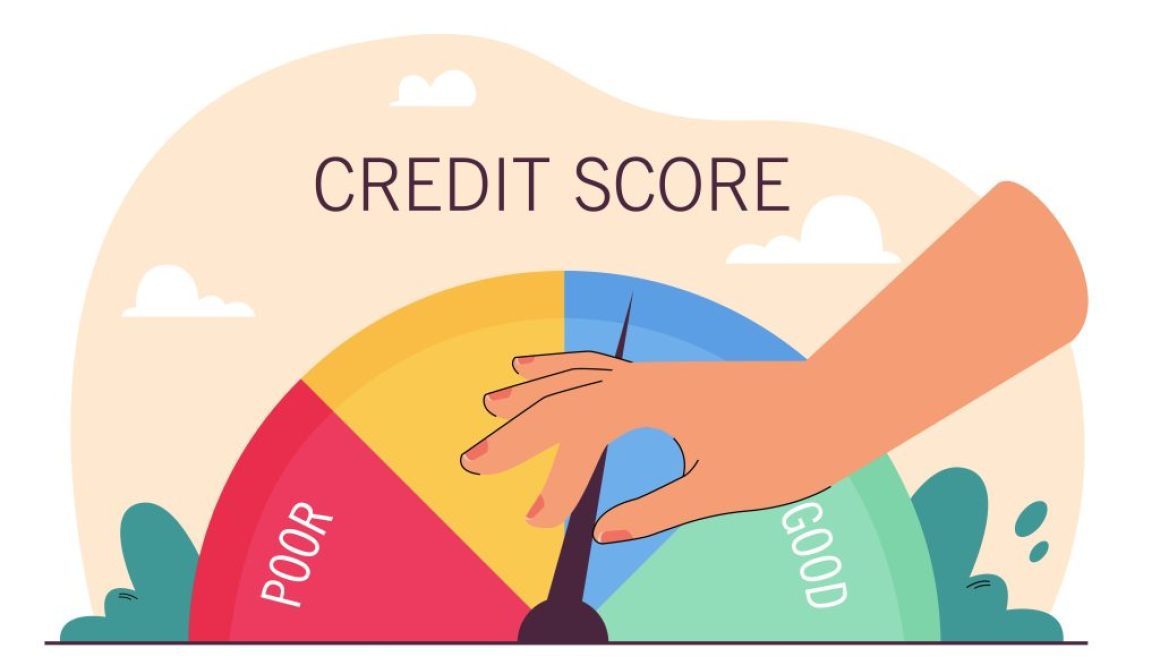What Defines a High Credit Score?
If you have a high credit score, lending institutions will be more likely to accept your loan application and provide
If you have a high credit score, lending institutions will be more likely to accept your loan application and provide favourable terms and conditions. However, it might be difficult to determine whether or not a certain credit score is excellent. That’s because the bar for what constitutes excellent might shift depending on the lender you approach and the loan you’re trying to get. When you add in the fact that different lenders employ various credit scoring models, you might expect to get ratings that vary based on the specific model utilized.
The specific threshold between a good and poor credit score with a certain lender is not disclosed during the application process. This is because banks and other financial institutions seldom discuss their minimum credit requirements openly. However, the most popular credit scoring model, FICO, provides applicants with some useful information. The typical range for FICO scores is 300 to 850. Credit scores between 670 to 739 are often regarded as “good” on this rating scale.
How Widely Do Credit Scores Vary?
FICO and VantageScore are two of the most widely used credit scoring models in the United States’ competitive lending sector. Both the FICO and VantageScore scoring algorithms agree that a good credit score is based on similar criteria, with a few notable exceptions:
FICO Score Ranges
The FICO credit rating system is the gold standard, with scores ranging from 300 to 850. There are additional FICO scoring models that are sector-specific and use an alternate scale. For instance, car FICO scores might be anything from 250 to 900.
FICO Scores are useful in the same way across all ranges. They aid loan providers in assessing a borrower’s potential for default. A better credit score indicates that you are less of a danger to lenders.
Credit Scores According to VantageScore
VantageScore, which debuted in 2003, is a collaborative effort involving the Big Three credit bureaus Equifax, TransUnion, and Experian. Lenders like to use FICO Scores more often, but you should also look at your VantageScore. VantageScore credit scores are in a range from 300 to 850. A higher VantageScore indicates less risk to lenders, just as a higher FICO Score does.
Methods for Raising Your Credit Rating
If your credit score is fair or below par, it is in your best interest to work toward raising it. Some options to consider are listed below.
- Always be prompt in making monthly bill payments. The largest negative influence on credit scores is paying late or not at all.
- Reduce how much you rely on credit. The percentage of your available credit that you actually utilize is known as “credit utilization.” If your credit limit is $10,000 and your debt is $5,000, then you are using 50% of your available credit. Maintain a balance of 30% or less across all credit cards, if at all feasible.
- Inquire about your credit rating. Once a year, you may get your credit reports free of charge from each of the three major credit reporting agencies by visiting annualcreditreport.com. (Keep in mind that you may access it for free on a weekly basis). You may improve your credit score by taking the time to review your credit reports and fix any mistakes you find.
- Try to get a secured credit card. If you are just starting to establish credit, a secured credit card might be a smart option. If you want your excellent payment habits to help your credit score, you should get a protected card that reports to all three credit agencies.
Nevertheless, The Ideal Credit Score Is Subjective.
Despite the fact that the aforementioned charts from FICO and VantageScore provide an overarching picture of how various score ranges could be interpreted by lenders, there is room for disagreement.
Consider the fact that a mortgage lender may not share an auto dealer’s opinion of your creditworthiness even if you have a high score. Each financial institution has its own standards for determining what constitutes a good and poor credit score.
Which Credit Score Is Best for a Mortgage?
When applying for a mortgage, your credit score may be more important than it is when applying for any other kind of personal loan. A high credit score might reduce your annual mortgage interest payment by several thousand dollars.
Take a mortgage application for $350,000 as an example; imagine you have a FICO credit score of roughly 640. According to FICO’s Loan Savings Calculator, your 30-year fixed-rate loan’s annual percentage rate (APR) will be roughly 3.957% in June 2020. A 30-year loan with this interest rate would cost you $248,424 in interest, or $1,662 each month.
Now assume you are successful in raising your FICO score to 680. If your credit score is strong enough, you may be offered an interest rate of 3.313%. With the new rate, your mortgage payment for the identical house would be $1,535. Over the course of a 30-year loan, the interest you pay might total $202,726. If your credit score went from “fair” to “good,” you would get the following financial benefits: a total of $45,698 will be paid back throughout the course of the loan, at a rate of $127 a month ($1,524 annually).
In order to qualify for the best mortgage rates, a FICO Score of 760 or more is often required by lenders. The ability to boast an excellent credit score isn’t the only factor in qualifying for a low mortgage payment. However, mortgage lenders heavily weigh the three-digit figures sold with your credit reports.
The Ideal Credit Score for an Auto Financing
The typical American adult’s auto-mobile purchase is second only to their home mortgage in terms of total cost. The Kelley Blue Book, an impartial auto-mobile assessment organization, reported that the national average cost of a light car in the United States was $38,940 as of May 2020.
Having a high credit score might help you save considerably on a large purchase like a vehicle loan. A person with a credit score of 620 may be able to get a $38,000 loan over 60 months from a vehicle dealership.
In June of 2020, your loan’s annual percentage rate (APR) will be 16.714%, and your monthly payment will be $939, as estimated by the FICO Loan Savings Calculator. There would be an extra interest payment of $18,315 throughout the course of the loan’s lifetime.
Even if you are accepted, a vehicle loan with a $942 monthly payment is substantial. Let’s say you put off applying for a loan while you attempt to increase your credit score. Later on, when you reapply, you find out that you’ve raised your score to 670, which is “good” according to the majority of credit scoring algorithms.
A 670 credit score may get you an interest rate of around 7.89%, according to the latest numbers from the FICO Credit Loan Calculator. In this scenario, the monthly payment for the $38,000 car loan is going to be $768. The interest you pay on a $100,000 loan over 30 years would amount to $8,106.
If your credit score went from bad to excellent, you would benefit financially in the following ways: paying $171 monthly, $2,052 annually, and $10,208 for the course of the loan’s term.
Perhaps you could cut costs even more if you had a better credit score. If your credit score is at least 720, you should be eligible for the best financing terms offered by vehicle creditors. A score of 800 or above demonstrates an even greater level of trustworthiness.
What Is an Acceptable Score When Applying for a Credit Card?
Credit card companies use credit scores in the same way that banks do when considering whether or not to provide credit. You may need strong or even exceptional credit to be approved for a premium travel rewards credit card. Good credit may be all that’s needed to qualify for several kinds of credit cards, including those with initial 0% APR periods.
Your credit score is used to determine not just if you are approved for a credit card, but also the interest rate and other conditions of the account that you have. Credit card companies not only use FICO ratings to assess whether or not to provide credit, but also to calculate the interest rate to be applied to new balances.
Consider, for instance, the best credit cards on our list. Every credit card advertisement will show you an APR range rather than a precise rate. A typical APR advertised by card issuers is from 13.49% to 24.49%. This range exists because the card provider will determine your actual APR based on your credit history.
Credit card companies have a hard time settling on a single number to represent a decent score for two distinct reasons:
The cut-off credit scores are determined solely by the credit card companies. There is no guarantee that a score sufficiently high to unlock preferential terms with one card issuer will do the same for a different one.
Credit card companies utilize a wide variety of rating systems. The FICO scoring formula is used by certain credit card companies, and its range is 250 to 900. Credit ratings ranging from 300 to 850, as used by FICO and VantageScore, are also used by some. At last, certain issuing banks utilize proprietary credit assessment algorithms developed specifically for them when considering customer applications for new accounts.
Remember that the information in your credit report serves as the basis for whatever credit score a lender generates for you, so a strong credit score is independent of the business that pulls it or the specific scoring methodology it employs, so long as your credit reports are accurate and favourable.
To Sum Up
The simple answer to the question of how crucial it is to build and keep a high credit score is: very. Saving money is a major incentive to aim for a high credit score. A high credit score has long-term benefits that may be worth significant amounts of money.
Some of the ways in which improving your credit might help you are listed below.
- It may be less difficult to be approved for a loan or credit card at an advantageous time.
- The interest rates and repayment arrangements offered by lenders may improve.
- It may be less difficult to rent an apartment or purchase a house.
- Depending on where you live, you might pay less for vehicle and house insurance.
- New accounts for utilities, loans, and more may have reduced initial deposit limits.










